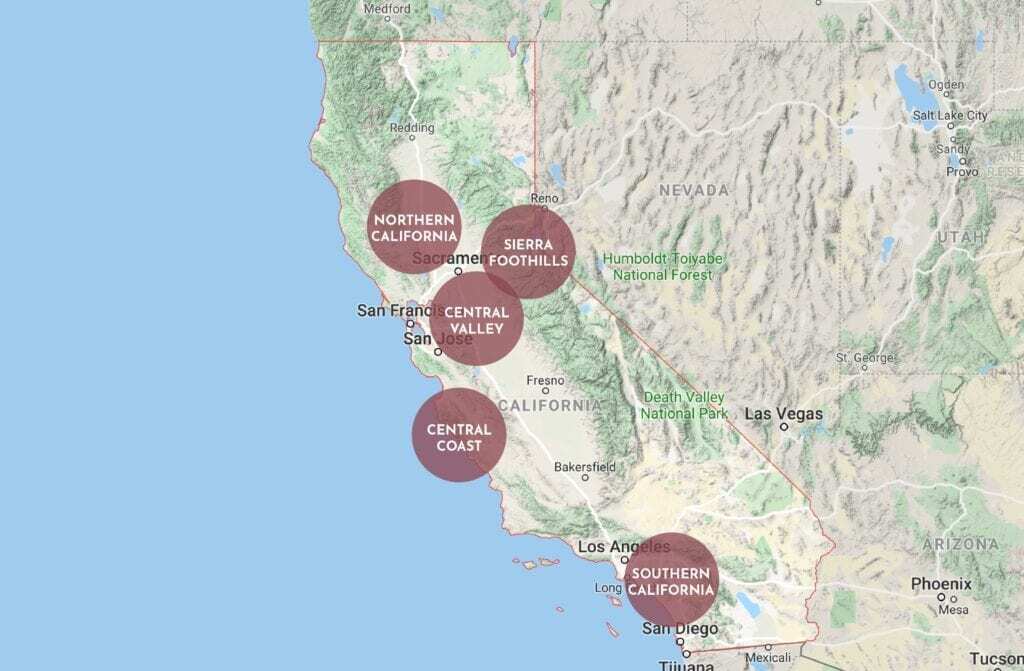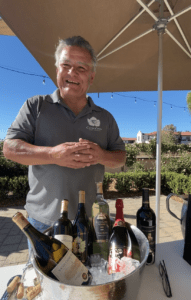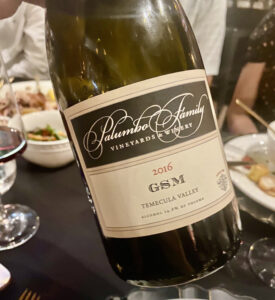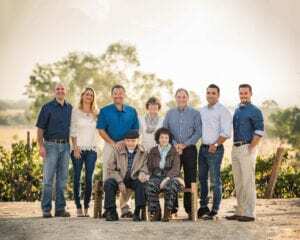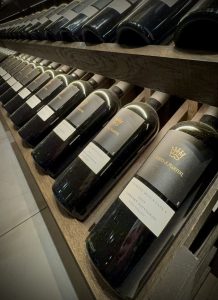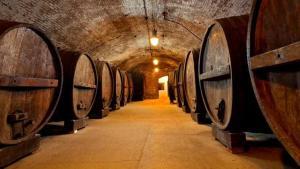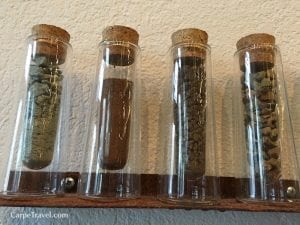Discover California
Wine Country
Our California Wine Travel Guide has been designed to provide a look into visiting wine regions throughout the state of California – where to sip, where to stay and thing to do both among and beyond the vines.
Every one of the 50 states in the United States produces wine, but there is no denying the dominance California has over the U.S. wine industry. Not only does the state of California produce 85% of all U.S. wine, it’s also home to the most famous American wine regions – Napa Valley and Sonoma.
California is the third largest state in the U.S., and roughly three fourths the size of France. While Napa Valley and Sonoma are the most famous of the California wine regions, there are many more to explore. The state is home to 142 of the 258 American Viticulture Areas (AVAs) in the United States, Napa and Sonoma make up about 40 of these.
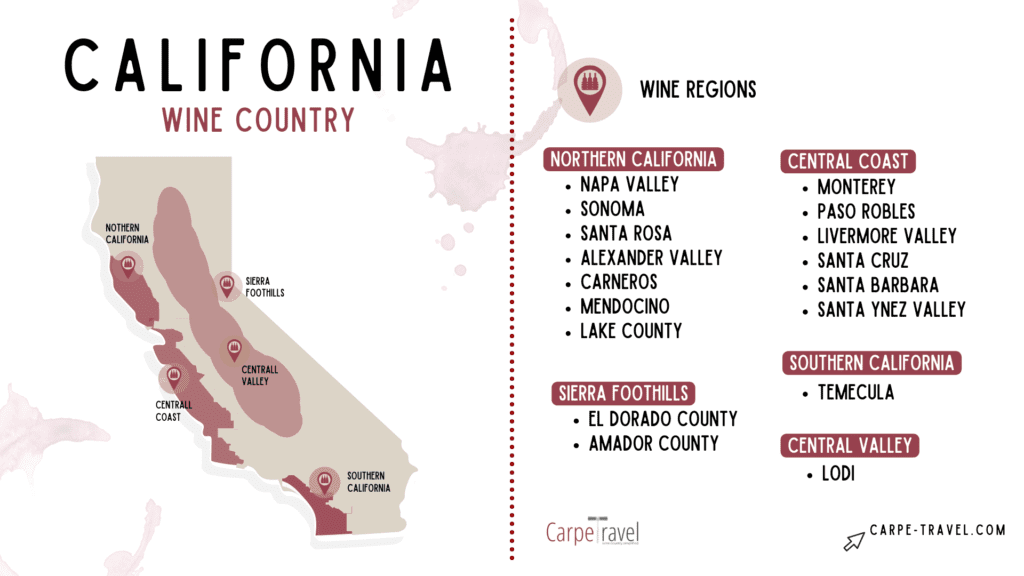
HISTORY OF CALIFORNIA WINE COUNTRY
Given its huge role in the wine world today, it may be a bit surprising to learn that California was late to the game in growing vines and producing wine.
It wasn’t until 1769 when Father Junípero Serra established the first Spanish missions and the Spanish priests began planting vineyards around the missions to supply wine for Mass. They didn’t plant the California Cabernet we all know, but rather Mission grapes which were used to produce Angelica wine.
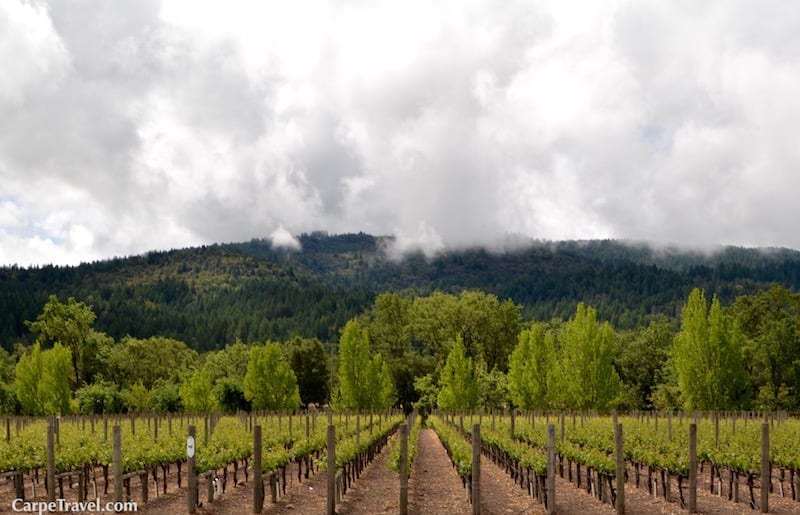
From here on winemaking in California grew as people began to head west. It was in 1849 when things really began to take off. The Gold Rush had brought thousands of people from around the world to the state in search of striking it rich. Many of these individuals were experienced winemakers and farmers from Europe who didn’t find gold in the hills, but rather excellent farmland and growing conditions for viticulture.
The industry thrived for more than 20 years, and then Phylloxera arrived in California.
In the 1870’s this root-louse decimated vineyards throughout the state (and Europe). If that wasn’t enough suffering for the California winemakers, in 1919 National Prohibition took effect with the passing of the 18th Amendment, resulting in a 94 percent drop in wine production in California. (The other six percent was produced using loop-holes for the production of sacramental wine for the church and unfermented juice for small batches of home winemaking.)
It wasn’t until 1933 when the 21st Amendment took effect – doing away with National Prohibition – that winemaking in California could kick back up. But times, tastes and farmland had changed. Not to mention the majority of the vines and equipment had been destroyed. Growth in wine production was slow in California; before National Prohibition there had been 700 bonded wineries in the state, by 1965 there were only 232.
That all changed 11 years later following the “The Judgement of Paris”. On June 7, 1976 California and French wines went head-to-head in a blind tasting wine competition in Paris. Two California wines took the top spots for both the red and white wines – beating out the world-renowned wines of Bordeaux and Burgundy.
The “Judgment of Paris” was a blind tasting among French judges who unknowingly selected California wines as the top Chardonnay and top red blend. This shook up the world of wine since it was the first time American wines had beat French wines. This alone, peaked interest in the region, resulting in wine production doubling in California over the next decade. While the Judgment of Paris spurred tremendous growth and notoriety in the Napa Valley, it also resulted in kick-starting wine growth throughout the country with Napa Valley still leading the way.

California wines were thrust into the spotlight, igniting a surge in new wineries opening throughout the state, and the country. Over the next decade, wine production in California doubled.
In 1985 – 71 years after National Prohibition – California finally reached the number of bonded wineries that existed before Prohibition – 700. As of the end of 2020, there are currently more than 4,700 wineries in California.
CALIFORNIA WINE REGIONS
Today, California is home to 142of the 258 American Viticulture Areas (AVAs) in the US, Napa and Sonoma make up about 40 of these.
California is the third largest state in the U.S., and roughly three fourths the size of France. Given its size – 770 miles (1,240 km) long and around 250 miles (400 km) wide, and diverse topography – you would think vineyards would thrive throughout the state. But, alas at least half of California is inhospitable for growing grapes.
When looking at the map of California, you will see the Coast Mountain Range running nearly the length of the state along the coast. This natural border keeps the areas by the Pacific Ocean cool, while on the other side of the mountains is warmer and drier.
With the Sierra Nevada Mountain Range on the eastern border of the state and the Coast Range on the left, the 300-mile-long stretch of land between the two has become an agricultural heaven, otherwise known as the Central Valley. This area produces 60 percent of all the agricultural products in California and is a viticulture haven in California.
Planning Your California Wine Country Vacation
REGIONAL WINE TASTING GUIDES
Like wine, our guides keep getting better with time. (We're always adding more from local experts!) We have built out the following regional California wine country guides to help you uncork your next grape escape. Complete with information about the region, where to sip, stay and things to do. Make sure to take a look at the featured wine tasting itineraries for each region.
NORTHERN CALIFORNIA
- Napa Valley
- Sonoma
- Santa Rosa
- Mendocino
- Carneros
- Alexander Valley
- Lake County
CENTRAL COAST
- Monterey
- Paso Robles
- Livermore Valley
- Santa Cruz
- Santa Barbara
- Santa Ynez Valley
CENTRAL VALLEY
- Lodi
SIERRA FOOTHILLS
- El Dorado County
- Amador County
SOUTHERN CALIFORNIA
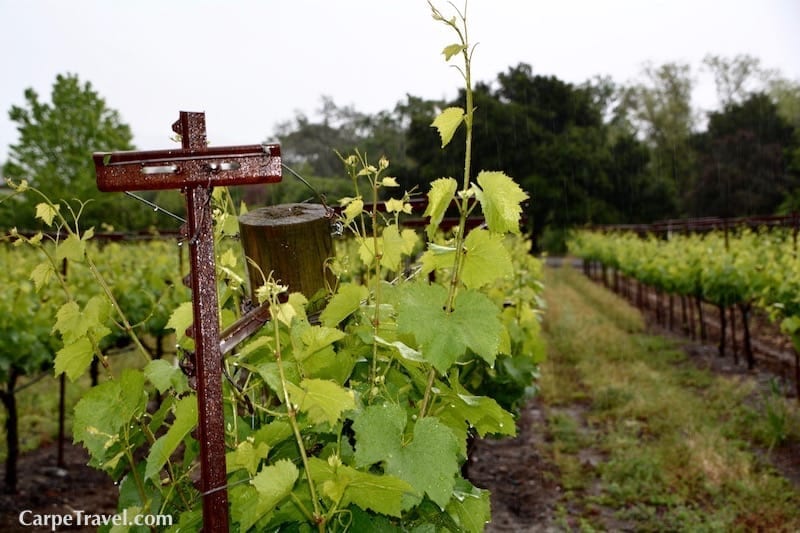
Meet the Winemakers
Carpe Travel’s wine experts sit with top winemakers from regions around the world. Check out these local interviews and learn more about the people who make your favorite wines!
Elaine Schoch is an award-winning travel writer, wine judge, American Wine Specialist and certified by the Wine & Spirit Education Trust (WSET II). At Carpe Travel she shares wine travel destination guides for ALL WINE LOVERS – from novices to experienced pros – to help them plan their wine adventures, arming them with insider tips, must-visit spots, and things to see and do beyond the vines.

